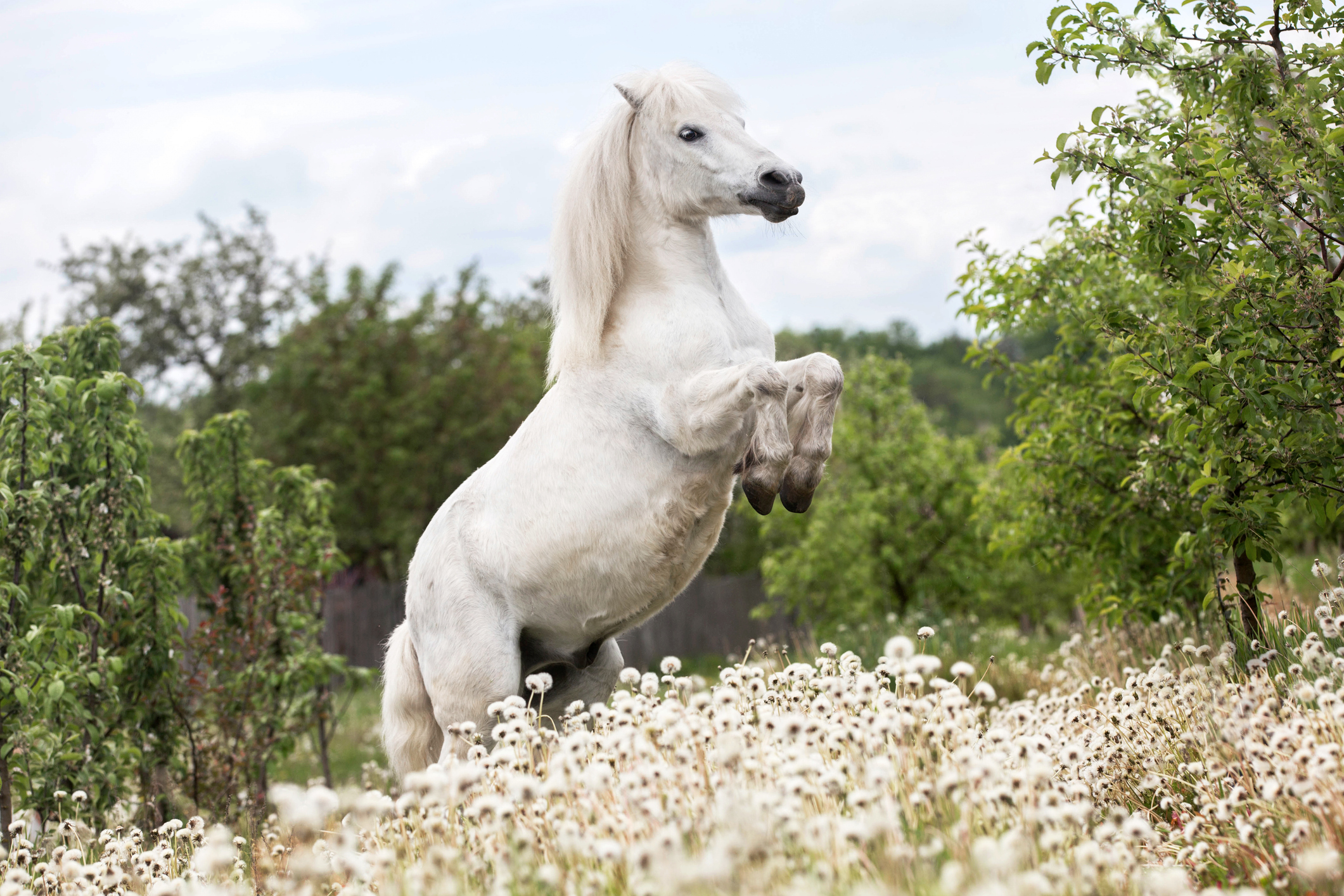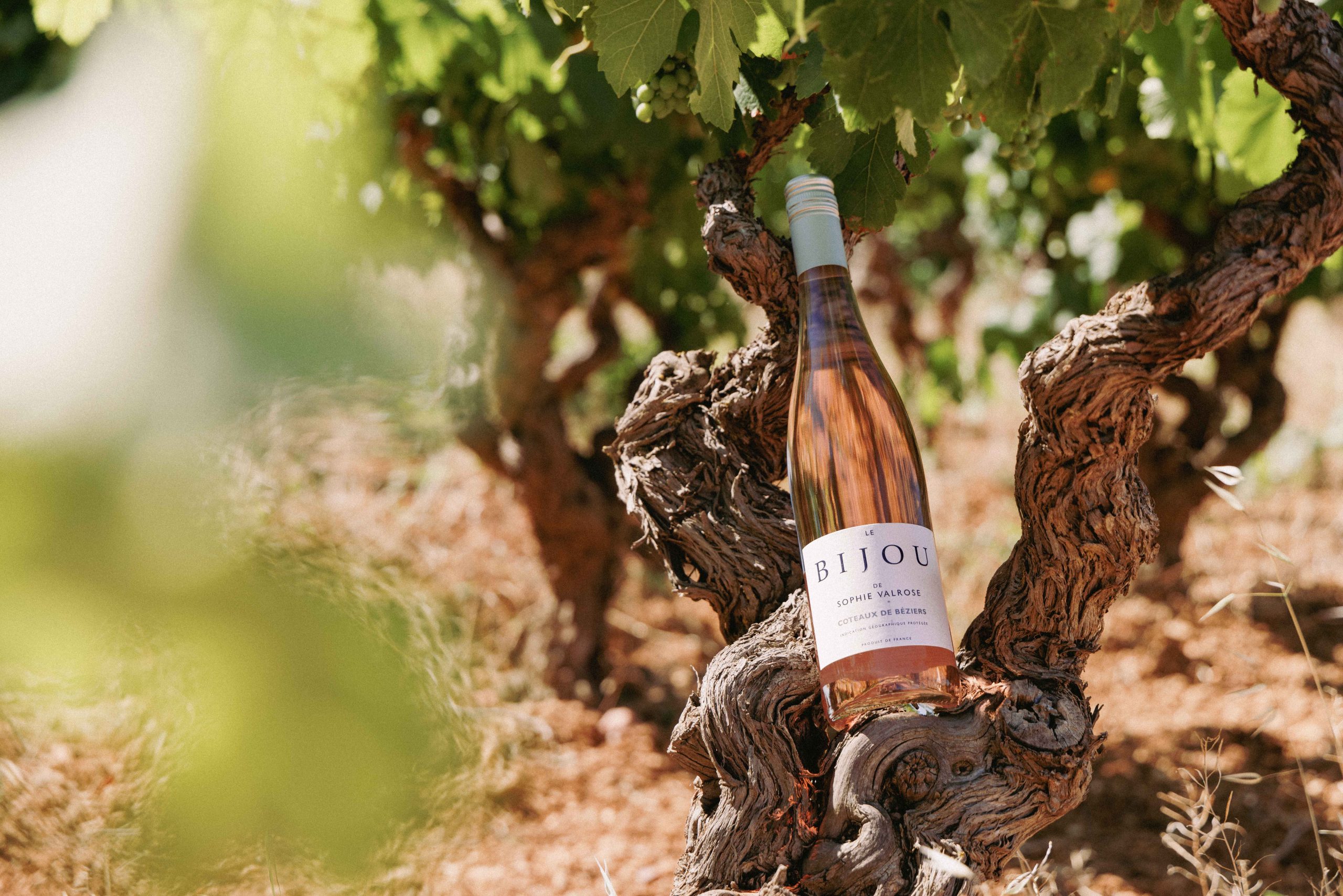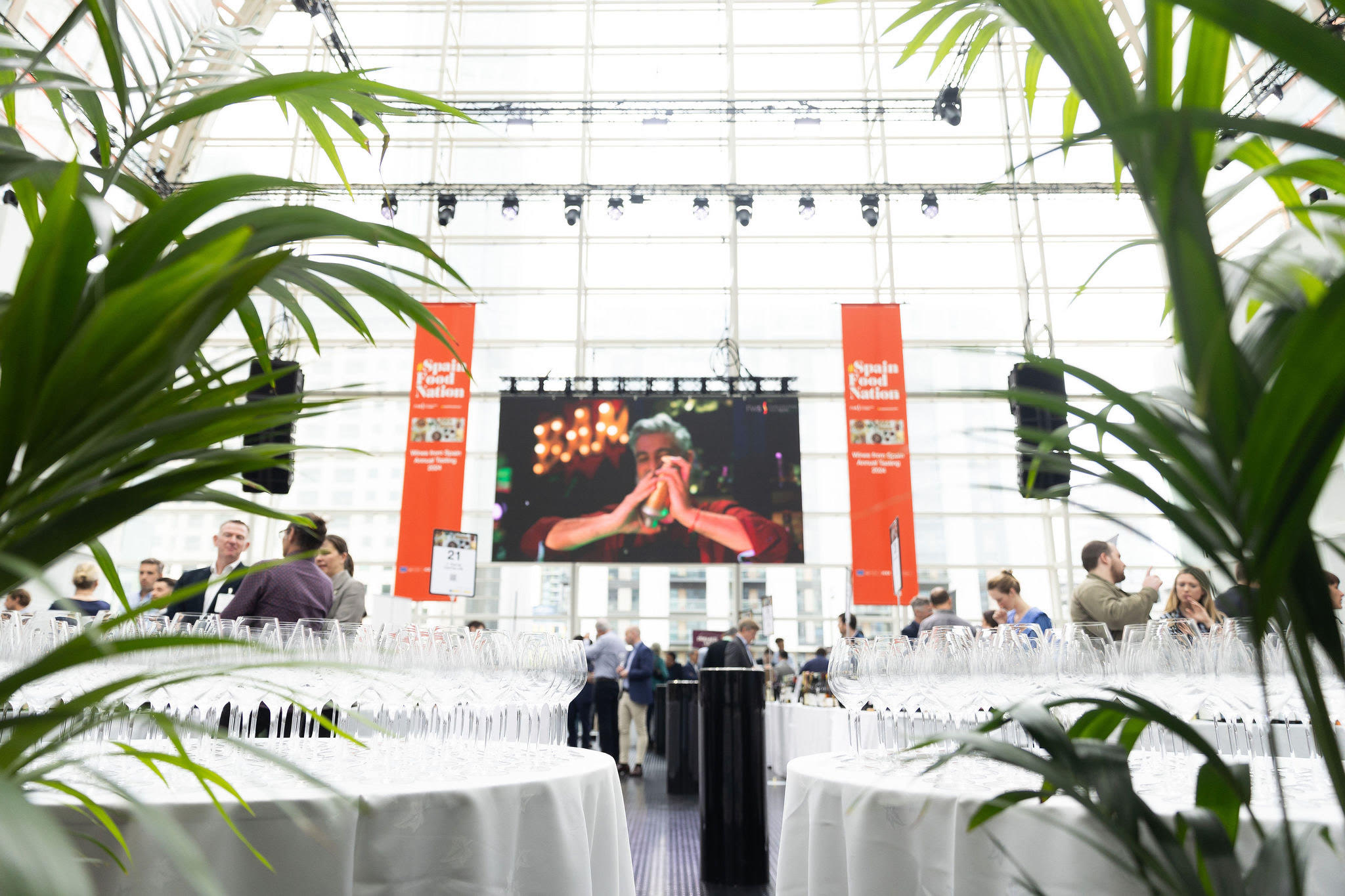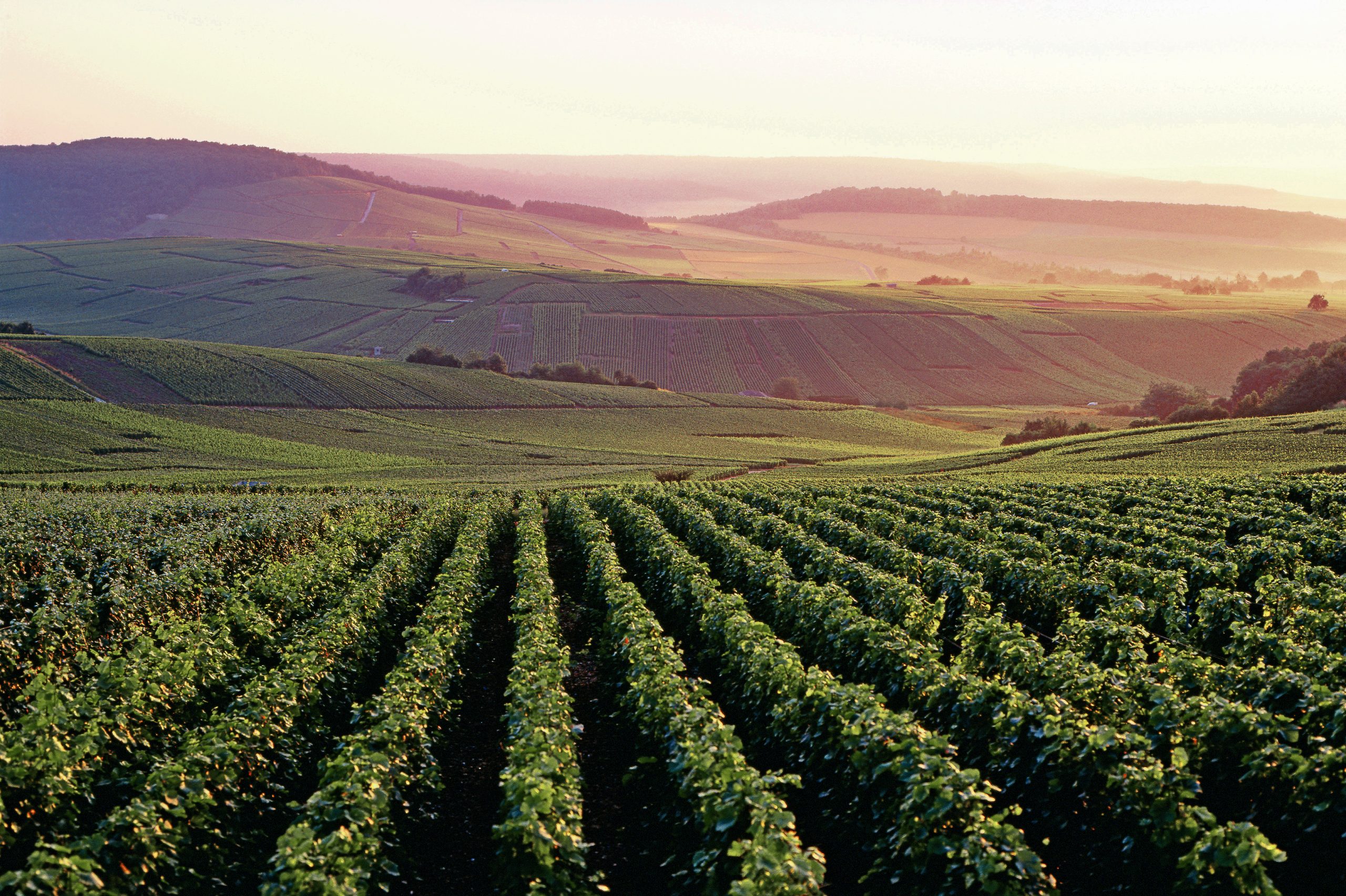Record no-and-low alcohol beer sales predicted for 2024
By Sophie ArundelWith the popularity of low and no alcohol products on the rise in the UK, the industry calls on government action to align with global alcohol thresholds.
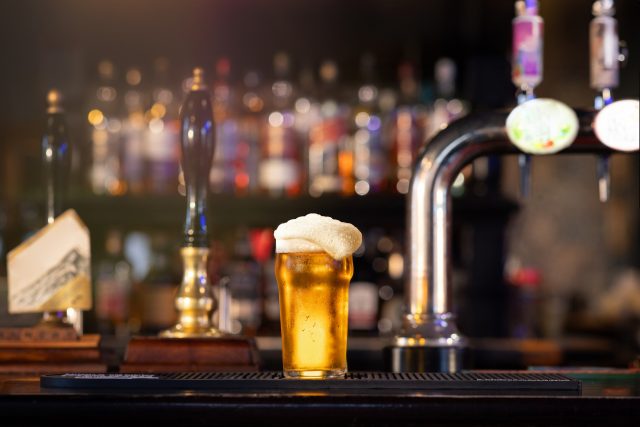
Sales of no-and-low alcohol beer are continuing their upward trajectory, with 2024 poised to see a record 140 million pints sold across the UK.
New data from the British Beer & Pub Association (BBPA) reveals that in 2023 more than 120 million pints of no-and-low alcohol beer were consumed, marking a 14% increase on the previous year.
With Christmas party season in full swing, in December 2023 alone, pubs made 12% of all their no-and-low alcohol beer sales for the year, an increase from 11% in 2022.
The data highlights the growing demand for inclusive options that cater to a diverse range of consumer preferences.
The expansion of the no-and-low category is making pubs more accessible, with 86% of UK pubs now offering at least one no-or-low alcohol beer. This marks a significant leap from just 77.8% in 2019.
Partner Content
Traditional alcohol brands are also responding to the surge in the categories popularity, with companies like Asahi aiming to increase their non-alcoholic production share by 20% by 2030.
The BBPA has highlighted the importance of government action to foster further growth in the sector. One key area of focus is the disparity in alcohol thresholds between the UK and other countries. Currently, the UK defines ‘alcohol-free’ as drinks containing up to 0.05% ABV, while other nations, including many in Europe, set their threshold at 0.5% ABV.
Clearer thresholds to encourage growth
The BBPA is calling for alcohol limits to be aligned to give UK brewers a fairer playing field and enable further innovation within the category.
Emma McClarkin, CEO of the BBPA, said: “The growing popularity of no and low alcohol beers shows that brewers and pubs are responding to changing consumer needs. By aligning our alcohol-free descriptors with those of other nations, we can continue to support this growth and ensure that the pub remains an inclusive and welcoming space for all.”
Industry figures like Luke Boase, founder of Lucky Saint, a leading non-alcoholic beer brand, also support the call for clearer labelling. “Clearer, more consistent descriptors will not only help raise awareness but will also unlock greater availability and drive consumption,” said Boase.
The no and low alcohol category is not only benefiting public health by providing options for those looking to moderate their alcohol intake, but it is also a significant contributor to the UK economy. With more breweries and pubs tapping into the trend, the sector is set to remain one of the fastest-growing segments in the drinks industry.
Related news
The price of a pint is 300% higher than in 1990, research finds

